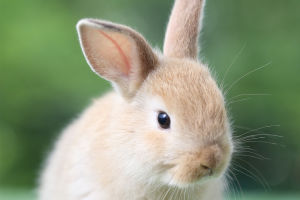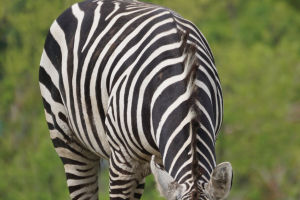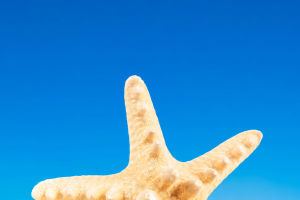In remote and beautiful Australia, there is an amazing and lovely animal, the koala.
The koala is Australia's national treasure and a curious and precious primitive arboreal animal.
The koala is a genus of animals with an obese body shape, messy and thick fur, and no tail. The nose is bare, large, and round, the head is round, the hair on the ears is very fluffy, the forelimbs have very strong claws, good at rock climbing.
Why are koalas called "koalas"? Because the eucalyptus leaves they eat contain a lot of water, and they hardly drink anymore.
"KOALA" originated from the Australian vernacular, originally meaning "no water". Wombats get 90% of the water they need from the eucalyptus leaves they feed on, and they only drink when they are sick or in drought.
This is a unique survival strategy that koalas have evolved over tens of millions of years, avoiding competition with other animals by eating only the nutrient-poor, difficult-to-chew eucalyptus leaves.
The koala has also evolved two thumbs to grip the trunk of the tree more strongly. All of this reduces the likelihood of being found and hunted by natural predators.
The koalas' preference for only one type of food, eucalyptus leaves, sounds picky enough, but in reality, they are much pickier than that. It's possible for a koala to be interested only in the leaves of a particular eucalyptus tree, and to sometimes trek back to its favourite tree to eat!
Not only are eucalyptus leaves low in energy and difficult to digest, but they are also poisonous. To adapt to this diet and to detoxify the toxins, wombats sleep for very long periods.
Sleeping is the most important thing the koalas do every day, and koalas sleep 18 - 22 hours a day in eucalyptus trees. Much of the day is spent sleeping, less than 10% of the day is spent foraging for food, and the rest of the day is spent mostly in meditation, almost all of their lives in eucalyptus trees.
Today the koala is on the IUCN Red List of Threatened Species, and before European settlers landed in 1788 there were as many as 10 million koalas in Australia, but in just over 230 years the population has plummeted to 58,000 today.
Human activity, forest fires, and climate change are the main factors threatening the survival of koalas. To protect the koala population, the Australian government said on January 29, 2022, that it will invest 50 million Australian dollars in the next four years to protect the koala habitat, hoping that the lovely koalas can live and reproduce without


